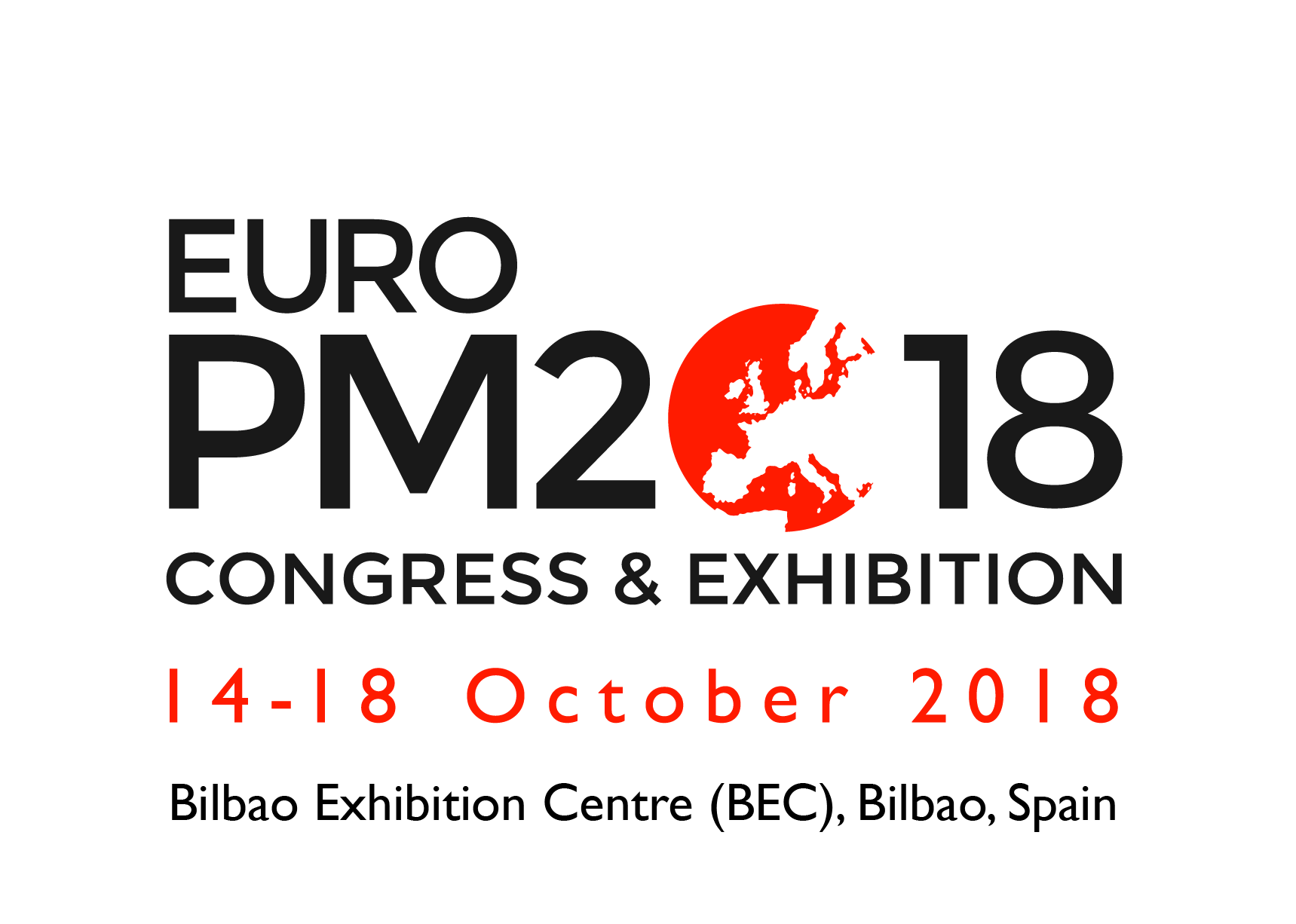Research Article
Characterization of Physical, Thermal and Structural Properties of Chromium (VI) Oxide Powder: Impact of Biofield Treatment
Manoj K1*, Rahul2, Rai R2 and Shrivastva BK2
1Department of Mining Engineering, College of Technology and Engineering, Maharana Pratap University of Agriculture and Technology, Udaipur 313001, India
2Department of Mining Engineering, Indian Institute of Technology (BHU), Varanasi 221005, India
- *Corresponding Author:
- Manoj K
Department of Mining Engineering
College of Technology and Engineering
Maharana Pratap University of Agriculture and Technology
Udaipur 313001, Rajasthan, India
Tel: +91 294 2471 379
Fax: +91 294 2471 056
E-mail: mkhandelwal@mpuat.ac.in
Received Date: January 15, 2015; Accepted Date: March 30, 2015; Published Date: April 07, 2015
Citation: Manoj K, Rahul, Rai R, Shrivastva BK (2015) Evaluation of Dump Slope Stability of a Coal Mine Using Artificial Neural Network. J Powder Metall Min 4:128. doi: 10.4172/2168-9806.1000128
Copyright: © 2015 Manoj K, et al. This is an open-access article distributed under the terms of the Creative Commons Attribution License, which permits unrestricted use, distribution, and reproduction in any medium, provided the original author and source are credited.
Abstract
Chromium (VI) oxide (CrO3) has gained extensive attention due to its versatile physical and chemical properties. The objective of the present study was to evaluate the impact of biofield treatment on physical, thermal and structural properties of CrO3 powder. In this study, CrO3 powder was divided into two parts i.e. control and treatment. Control part was remained as untreated and treated part received Mr. Trivedi’s biofield treatment. Subsequently, control and treated CrO3 samples were characterized using Thermo gravimetric analysis-differential thermal analysis (TGA-DTA), X-ray diffraction (XRD), and Fourier transform infrared spectroscopy (FT-IR). DTA showed that the melting point of treated CrO3 was increased upto 212.65°C (T3) as compared to 201.43°C in control. In addition, the latent heat of fusion was reduced upto 51.70% in treated CrO3 as compared to control. TGA showed the maximum thermal decomposition temperature (Tmax) around 330°C, was increased upto 340.12°C in treated CrO3 sample. XRD data revealed that lattice parameter and unit cell volume of treated CrO3 samples were reduced by 0.25 and 0.92% respectively, whereas density was increased by 0.93% in treated CrO3 sample as compared to control. The crystallite size of treated CrO3 was increased from 46.77 nm (control) to 60.13 nm after biofield treatment. FT-IR spectra showed the absorption peaks corresponding to Cr=O at 906 and 944 cm-1 in control, which were increased to 919 and 949 cm¬1 in treated CrO3 after biofield treatment. Overall, these results suggest that biofield treatment has substantially altered the physical, thermal and structural properties of CrO3 powder.

 Spanish
Spanish  Chinese
Chinese  Russian
Russian  German
German  French
French  Japanese
Japanese  Portuguese
Portuguese  Hindi
Hindi 

